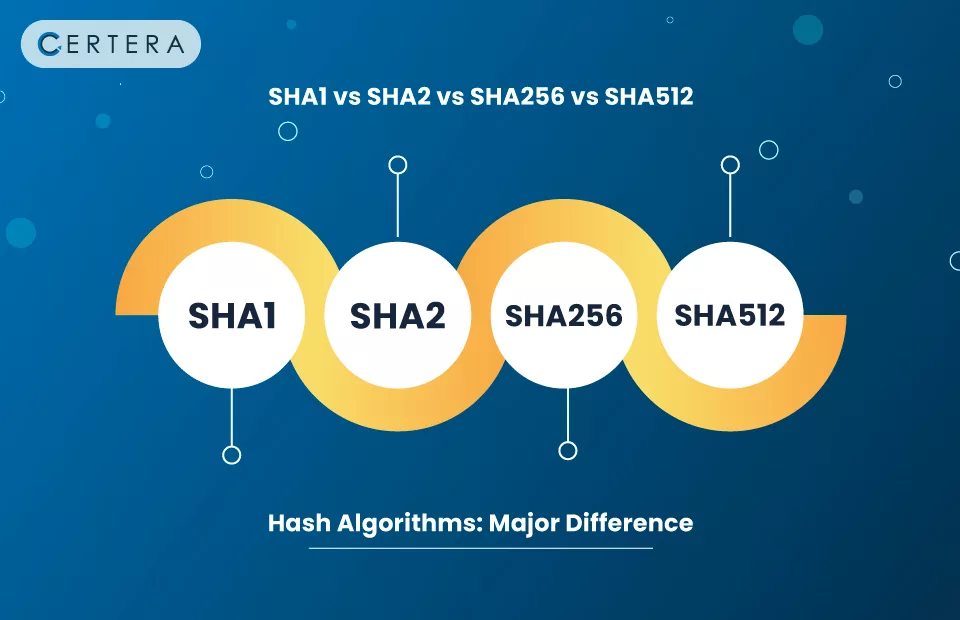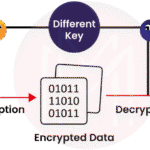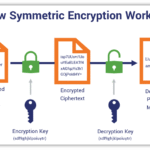In the realm of cryptography, the importance of secure hashing algorithms cannot be overstated. These algorithms serve as the bedrock for ensuring data integrity, authenticity, and security across various applications. Among the myriad of hashing functions available, SHA-1 (Secure Hash Algorithm 1) and SHA-2 (Secure Hash Algorithm 2) are two prominent contenders. This article delves into the functionality of SHA-2 and its distinctions from SHA-1, providing a comprehensive understanding for readers keen on cryptographic protocols.
Understanding SHA-1
SHA-1 was designed by the National Security Agency (NSA) and published by the National Institute of Standards and Technology (NIST) in 1995. As a cryptographic hash function, it produces a 160-bit hash value, typically rendered as a 40-digit hexadecimal number. Historically, SHA-1 was widely adopted for various security applications, including digital signatures, certificates, and more. However, its vulnerabilities have become starkly apparent, particularly as advancements in computational power have led to collisions. A collision occurs when two distinct inputs produce the same hash value, undermining the integrity that hash functions are meant to provide.
Deciphering the Functionality of SHA-2
In light of SHA-1’s rising vulnerabilities, SHA-2 was developed, offering an enhanced suite of hashing functions. SHA-2 encompasses a family of six hash functions with output sizes that vary from 224 bits to 512 bits: SHA-224, SHA-256, SHA-384, SHA-512, SHA-512/224, and SHA-512/256. The most widely utilized member of this family, SHA-256, produces a 256-bit hash value and forms the bedrock of many modern security protocols.
SHA-2 employs a more complex algorithmic structure than its predecessor. It utilizes a construction known as the Merkle-Damgård structure, which processes messages in blocks. Each block is processed using a series of logical functions, constants, and a compression function that amalgamates the input data, eventually generating the final hash value. The robustness of SHA-2 stems from its intricate design and a larger hash size, which significantly mitigates the likelihood of collisions.
Cryptographic Strength and Security Analysis
The cryptographic strength of hashing algorithms is often gauged by their resistance to collisions and pre-image attacks. A pre-image attack occurs when an adversary attempts to derive an input that produces a specific hash output. SHA-1, with its 160-bit output, has a theoretical collision resistance of 280, whereas SHA-2, particularly SHA-256, boasts a collision resistance of 2128. This exponential increase in strength renders SHA-2 far more secure in practical applications, effectively safeguarding data against malicious incursions.
Adoption and Implementation
In recent years, organizations and institutions have shifted from SHA-1 to SHA-2 to protect sensitive data. Major web browsers and certificate authorities have phased out support for SHA-1, urging users to adopt more secure alternatives. SHA-2 is now the de facto standard for many protocols, including Transport Layer Security (TLS), Secure Sockets Layer (SSL), and digital signatures. This transition is vital, especially in a time when data breaches and cyberattacks are increasingly prevalent.
Performance Considerations and Use Cases
Despite its increased security, SHA-2 comes with a consideration of performance. The more extensive computations required for SHA-2 can lead to slower hashing speeds compared to SHA-1, particularly in resource-constrained environments. Nonetheless, the need for robust security has spurred technological advances that optimize the implementation of SHA-2 in various systems. In particular, SHA-256 is extensively utilized in blockchain technology, providing a foundational element for securing transactions and maintaining the integrity of decentralized systems.
Comparative Summary
To encapsulate the differences between SHA-1 and SHA-2, consider the following key points:
- Hash Length: SHA-1 generates a 160-bit hash, whereas SHA-2 offers outputs of 224, 256, 384, and 512 bits.
- Security Level: SHA-1 is increasingly susceptible to attacks, while SHA-2 is considerably more resilient against these threats, largely due to its larger output sizes and more complex structure.
- Algorithmic Structure: SHA-1 utilizes a simpler algorithm that is now considered outdated; SHA-2 employs a sophisticated approach that enhances its security posture.
- Current Relevance: SHA-1’s usage is declining, with an urgent push for migrating to SHA-2 in numerous applications and protocols.
The Path Forward: Embracing SHA-2
As cyber threats persist and evolve, the adoption of stronger cryptographic standards is essential. The use of SHA-2 stands as a testament to the progression in cryptographic practices, ensuring the security and integrity of data. By understanding the nuances between SHA-1 and SHA-2, readers can appreciate the critical role that these hashing algorithms play in safeguarding digital communications and maintaining a secure cyberspace.
In conclusion, SHA-2 not only surpasses its predecessor in terms of security and efficiency but also reinforces the need for continual advancements in cryptographic methodologies. The commitment to utilizing SHA-2 is a critical step towards ensuring resilient cybersecurity in an ever-changing digital landscape.









Leave a Comment